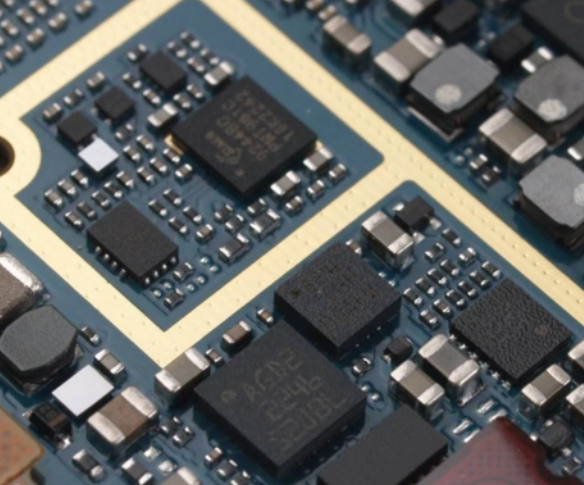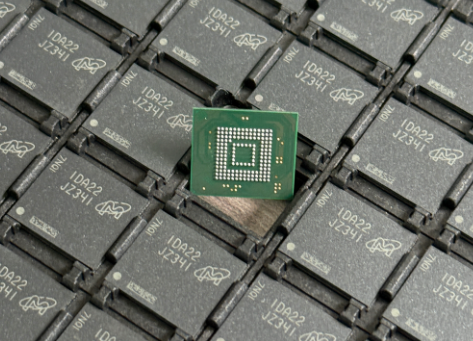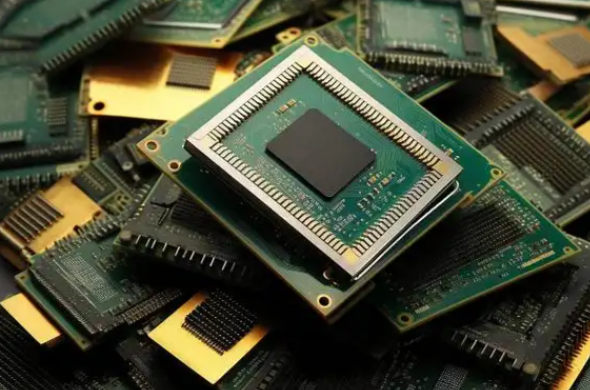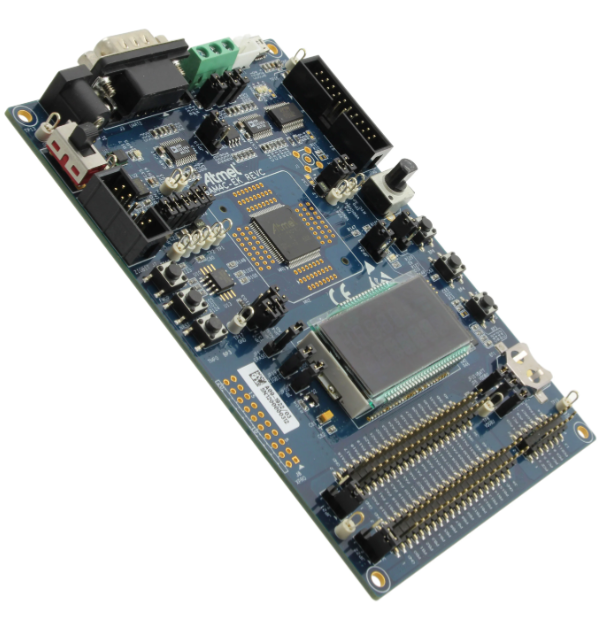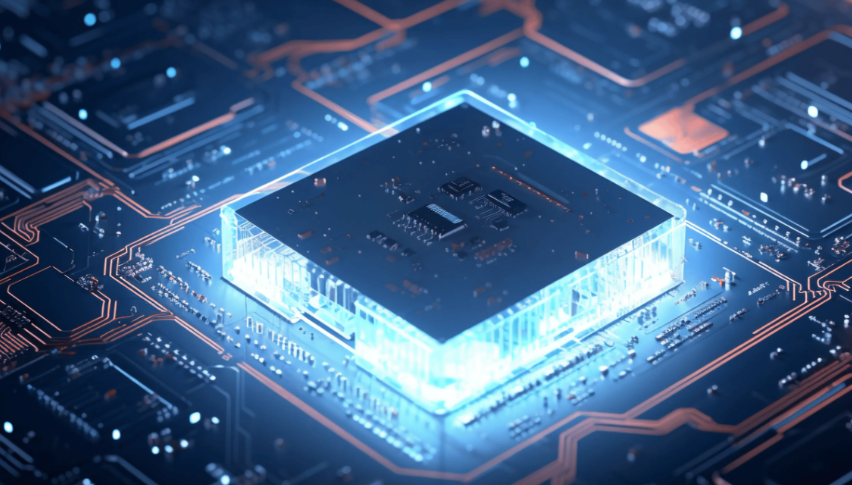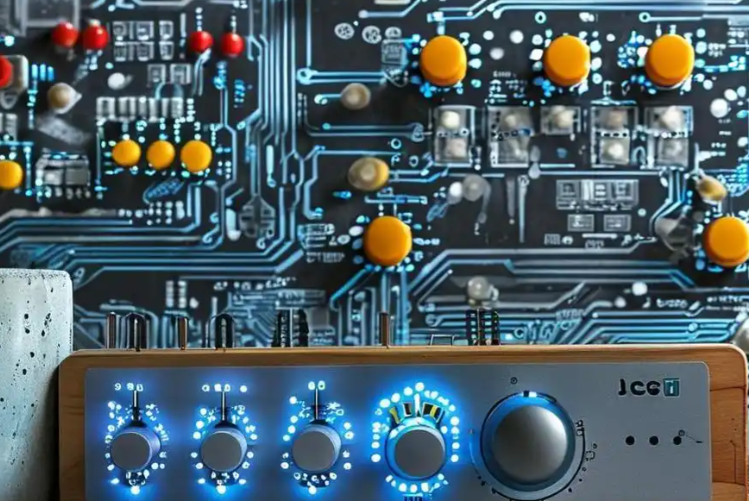Diode Electronic Components: The Unsung Heroes of Modern Electronics
Introduction
In the vast and intricate world of electronics, few components are as fundamental yet as powerful as the diode. These semiconductor devices, often overlooked in favor of their more complex cousins like microprocessors, form the essential building blocks upon which modern technology is constructed. From converting alternating current to direct current in your phone charger to ensuring data signals travel in the correct direction within a computer, diodes perform critical, non-negotiable functions. Their simplicity belies their importance; a diode’s core operation is to allow current to flow freely in one direction while blocking it in the other. This one-way street for electricity is a concept that powers countless applications across every industry. This article delves deep into the universe of Diode Electronic Components, exploring their core principles, diverse types, and indispensable applications. We will also highlight how platforms like ICGOODFIND are revolutionizing the way engineers and procurement specialists source these vital components, ensuring efficiency and reliability in the global supply chain.

The Fundamental Principles of Diode Operation
To truly appreciate the diode’s role, one must first understand its basic principle of operation. At its heart, a diode is a semiconductor device created by joining P-type and N-type semiconductor materials, forming a P-N junction. This junction is the secret to the diode’s one-way behavior.
The P-N Junction: The Heart of the Diode The P-type semiconductor is doped with impurities that create an abundance of positive charge carriers (holes), while the N-type is doped to have an abundance of negative charge carriers (electrons). When these two materials are joined, electrons from the N-side diffuse across the junction to fill holes on the P-side. This process creates a region around the junction, known as the depletion region, which is devoid of free charge carriers and thus acts as an inherent barrier to current flow.
Forward Bias and Reverse Bias: Controlling the Flow The diode’s behavior is entirely dependent on the voltage applied across it, a condition known as biasing. * Forward Bias: When a positive voltage is applied to the P-type material (anode) and a negative voltage to the N-type material (cathode), the external voltage counteracts the built-in potential of the depletion region. If this forward voltage exceeds a specific threshold (typically around 0.7V for silicon diodes), the depletion region collapses, and the diode readily conducts current. It behaves almost like a closed switch. * Reverse Bias: When the voltage is reversed—positive on the N-type and negative on the P-type—the depletion region widens. This strengthens the inherent barrier, preventing any significant current from flowing. The diode acts as an open switch. A tiny leakage current does exist, but it is usually negligible. However, if the reverse bias voltage exceeds a critical level, known as the breakdown voltage, a massive current can flow, potentially destroying the diode unless it is a specially designed Zener diode.
This fundamental on/off, directional control is deceptively simple. Yet, it is this very property that makes diodes indispensable for tasks like rectification (converting AC to DC), voltage regulation, and signal demodulation. The entire field of digital electronics, built upon binary logic (0s and 1s), conceptually relies on switches that can be open or closed—a function perfectly embodied by the diode.
A Comprehensive Guide to Key Diode Types and Their Functions
While all diodes share the same core P-N junction principle, decades of innovation have led to specialized types, each optimized for specific roles and applications. Understanding this diversity is key to selecting the right component for any circuit design.
1. The Rectifier Diode: Powering the World The rectifier diode is the workhorse of power supply units. Its primary job is rectification—converting alternating current (AC) from wall outlets into direct current (DC) required by virtually all electronic devices. * Function: These diodes are designed to handle relatively high currents and voltages. They are used in configurations like half-wave, full-wave, and bridge rectifiers to efficiently transform AC into pulsating DC, which is then smoothed by capacitors to create a stable DC voltage. * Applications: Found in phone chargers, laptop power adapters, household appliances, and industrial power converters.
2. The Zener Diode: The Voltage Regulator Unlike standard diodes that are damaged by breakdown, the Zener diode is specifically engineered to operate reliably in the reverse breakdown region. This unique property makes it an excellent voltage regulator. * Function: When reverse-biased and its breakdown voltage is reached, a Zener diode maintains a nearly constant voltage across its terminals, even if the current through it varies widely. This provides a stable reference voltage in circuits. * Applications: Voltage regulation in power supplies, over-voltage protection circuits, and as reference voltage elements.
3. The Light-Emitting Diode (LED): Illuminating the Future The LED is perhaps the most visible and widely recognized diode type today. When forward-biased, electrons recombine with holes within the semiconductor material, releasing energy in the form of photons—light. * Function: Efficient light generation with minimal heat production compared to incandescent bulbs. The color of the light emitted depends on the bandgap energy of the semiconductor material used. * Applications: Backlighting for displays and screens, general lighting (bulbs and fixtures), indicators on electronic devices, traffic signals, and large-scale video displays.
4. The Schottky Diode: Speed and Efficiency The Schottky diode replaces one side of the P-N junction with a metal-semiconductor junction. This results in a much lower forward voltage drop (typically 0.2V to 0.3V) and extremely fast switching speeds. * Function: High-frequency operation and reduced power loss. The lower forward voltage means less energy is wasted as heat when conducting. * Applications: High-frequency rectifiers in switched-mode power supplies (SMPS), RF applications, and as clamping diodes in digital circuits to prevent transistor saturation.
Other critical specialized diodes include: * Photodiodes: Operate in reverse bias to detect light and convert it into an electrical current, used in solar cells, optical communication receivers, and light sensors. * Varactor Diodes: Act as voltage-controlled capacitors, used for tuning resonant circuits in radio frequency (RF) applications like television tuners and mobile phones.
Navigating this complex landscape of components can be challenging for engineers and buyers alike. This is where comprehensive sourcing platforms prove invaluable. For instance, a resource like ICGOODFIND provides a centralized database to quickly locate datasheets, compare specifications, and find authorized distributors for any type of diode electronic component, from common rectifiers to specialized Schottky diodes.
The Critical Role of Diodes in Modern Applications
The theoretical understanding of diodes finds its ultimate validation in their pervasive real-world applications. They are silent enablers in nearly every piece of technology we interact with daily.
Power Conversion and Supply Systems This is arguably the most critical application domain. Diodes are at the core of every power supply. * AC/DC Conversion: As rectifiers, they are fundamental to converting grid AC power to usable DC power for everything from consumer electronics to industrial machinery. * Switched-Mode Power Supplies (SMPS): Schottky diodes are crucial here for their high-speed switching and efficiency, enabling smaller, lighter, and more efficient power adapters and computer power supplies. * Solar Power Systems: Photodiodes in solar panels convert sunlight directly into electricity. Furthermore, blocking diodes are used in solar arrays to prevent batteries from discharging back through the panels at night.
Signal Processing and Communication In the realm of analog and digital signals, diodes perform vital conditioning and processing tasks. * Radio Demodulation: In AM radio receivers, diodes are used as demodulators (detectors) to extract the audio information from the high-frequency carrier wave. * Signal Clipping and Clamping: Diodes can be used to clip off portions of a signal waveform above or below a certain level or to clamp a signal to a specific DC level, which is essential in wave-shaping circuits. * Logic Gates: In digital logic design, diodes can be used to construct basic logic gates like AND and OR gates, forming part of the historical foundation of computing.
Protection Circuits Diodes serve as guardians for sensitive electronic components. * Reverse Polarity Protection: A series diode can prevent damage if a battery or power supply is connected backward by blocking current flow. * Voltage Spike Suppression: Zener diodes and Transient Voltage Suppression (TVS) diodes shunt damaging high-voltage transients (like from electrostatic discharge or inductive load switching) away from sensitive integrated circuits. * Flyback Diodes: Placed across inductive loads like relays or motors, these diodes provide a safe path for the current when the load is suddenly switched off, preventing voltage spikes that could damage other components.
The reliability of these applications hinges on sourcing genuine and high-quality components. In today’s globalized market with complex supply chains, finding a trustworthy supplier can be difficult. Platforms designed for component discovery play a pivotal role here. By aggregating information from numerous suppliers worldwide, services like ICGOODFIND empower engineers to make informed purchasing decisions quickly, mitigating risks associated with counterfeit parts and ensuring project timelines are met.
Conclusion
From their foundational principle as a simple one-way valve for electric current to their sophisticated roles in power regulation, high-speed computing, and photonics, Diode Electronic Components are truly indispensable. Their evolution from basic rectifiers to specialized components like LEDs and Zener diodes showcases a remarkable journey of innovation that continues to drive progress in electronics. As technology advances towards higher frequencies, greater power efficiency, and more complex integrated systems, the humble diode will undoubtedly continue to adapt and remain a cornerstone of electronic design. For professionals tasked with designing or sourcing these components in an ever-more-complex market landscape leveraging comprehensive resources such as ICGOODFIND becomes not just an advantage but a necessity for success ensuring access to accurate information reliable suppliers high-quality components that form bedrock our technological world.


















